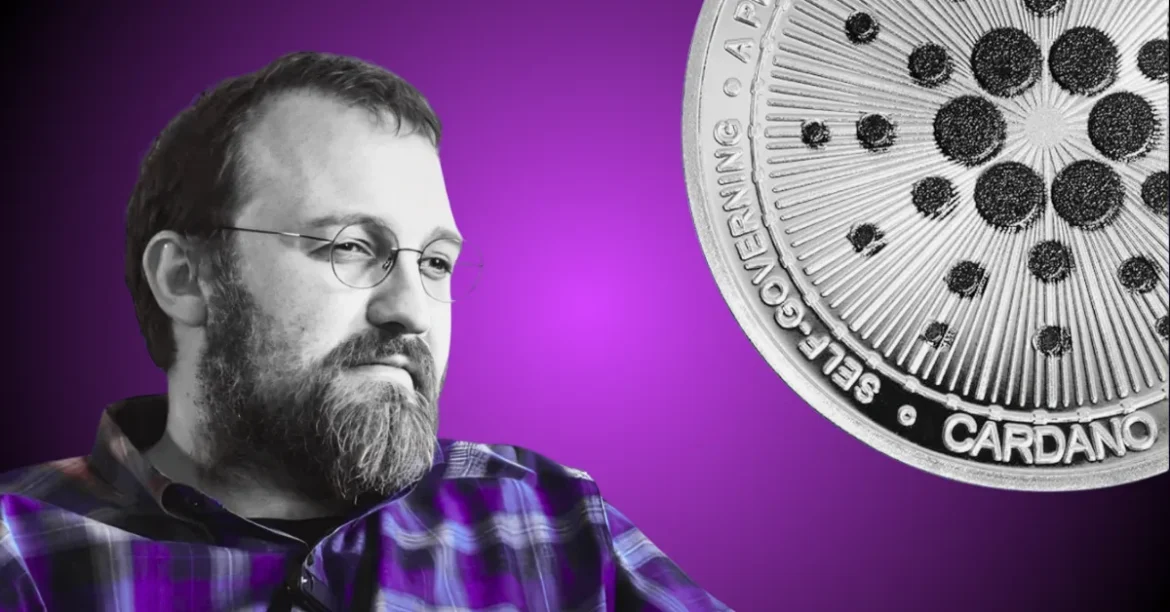Charles Hoskinson’s Bold $100 Million Treasury Shift: A Strategic Move to Energize Cardano’s DeFi
The Cardano ecosystem is on the cusp of a significant transformation as its founder, Charles Hoskinson, unveils an ambitious plan to reallocate a substantial portion of the Cardano treasury—valued at over $1.2 billion in ADA—towards strengthening decentralized finance (DeFi) on the network. This proposed $100 million swap involves converting ADA tokens into a combination of native stablecoins (such as USDM and USDA) and Bitcoin (BTC). The move aims to solve critical liquidity challenges, boost stablecoin issuance, and attract institutional capital, ultimately positioning Cardano as a more competitive player in the rapidly evolving DeFi space.
The Current Cardano Landscape: Stablecoin Liquidity and DeFi Limitations
Despite rapid growth in Cardano’s DeFi ecosystem, a key bottleneck remains: insufficient stablecoin liquidity. Stablecoins serve as crucial anchors in DeFi—for lending, borrowing, trading, and yield generation—because they offer price stability that volatile assets like ADA cannot. Compared to Ethereum and Solana, which boast stablecoin-to-total value locked (TVL) ratios exceeding 100%, Cardano’s stablecoin issuance and TVL lag sharply behind, around the 33-40% range targeted by Hoskinson’s proposal.
This liquidity shortfall limits Cardano’s DeFi potential in several ways:
– Constrained Yield Opportunities: Lack of stablecoins restricts liquidity pools, limiting yields and making Cardano less attractive to DeFi users and investors.
– Limited Institutional Appeal: Without a robust stablecoin market and diverse asset offerings (like BTC exposure), many institutional players hesitate to engage deeply.
– Ecosystem Growth Stagnation: DeFi protocols depend on a broad base of liquid, stable assets to innovate and scale; insufficient stablecoin supply impedes this.
Hoskinson’s Treasury Overhaul: Strategic Allocation to Stablecoins and Bitcoin
In response to these challenges, Hoskinson proposes deploying $100 million worth of ADA treasury funds into two main categories:
– Expand the stablecoin-to-TVL ratio, aligning it more closely with leading blockchains.
– Enhance the availability of yield-bearing stable assets, which could generate around $5-10 million annually in passive returns for Cardano’s treasury.
– Create a more attractive and stable environment for DeFi developers and users.
– Introduces Bitcoin, the most recognized crypto asset, strengthening Cardano’s multi-asset financial ecosystem.
– Potentially attracts institutional capital drawn to BTC exposure within an integrated DeFi framework.
– Provides a hedge and diversification layer to the treasury, potentially stabilizing returns against ADA’s price fluctuations.
Hoskinson envisions this diversified treasury deployment as a “bold gamble” to kick-start a new era for Cardano, one where the network emerges as a multi-dimensional DeFi hub with robust liquidity and broad asset classes.
Market Impact and Community Response
The announcement has triggered mixed reactions across the Cardano community and broader market:
– Price Volatility: ADA experienced over a 6% drop shortly after the proposal surfaced, reflecting market uncertainty about the massive treasury allocation and its effects on ADA supply dynamics.
– Community Debate: Some members question the risk of selling a large chunk of ADA from the treasury, concerned about price pressure and governance implications.
– Support for Growth: Others welcome the move as a necessary catalyst to overcome liquidity bottlenecks and drive long-term ecosystem expansion.
Hoskinson himself defended the proposal by emphasizing that markets can absorb the move, and that the long-term benefits—deeper liquidity, higher yields, and greater institutional interest—will outweigh short-term turbulence.
Implications for Cardano’s DeFi Ecosystem and Beyond
If implemented, the $100 million treasury shift could have profound effects on Cardano’s decentralized finance trajectory:
– Catalyzing DeFi Activity: Enhanced stablecoin liquidity would empower existing and new DeFi protocols to flourish through larger, more liquid pools and better yield products.
– Building a Multi-Asset Ecosystem: Incorporating Bitcoin and stablecoins expands Cardano’s asset diversity, making the platform more resilient and versatile.
– Attracting Institutional Investors: The integration of BTC and stronger yield opportunities might pull more institutional money into Cardano, amplifying its market relevance.
– Sustainable Treasury Income: Generating $5-10 million annually in returns through strategic stablecoin exposure could fund ongoing development, marketing, and ecosystem grants.
Conclusion: A Pivotal Moment for Cardano’s Financial Future
Charles Hoskinson’s proposed $100 million ADA treasury conversion marks a pivotal strategic shift—a deliberate effort to confront Cardano’s liquidity constraints and elevate its DeFi capabilities to the level of industry leaders. By reallocating treasury capital into stablecoins and Bitcoin, Cardano aims to cultivate a more liquid, diverse, and institutionally appealing financial environment. While short-term market reactions reveal uncertainty, the long-term vision promises a revitalized Cardano ecosystem capable of robust growth and innovation in decentralized finance. This decision, balancing risk with opportunity, may well define Cardano’s financial future and cement its place in the competitive DeFi landscape.





